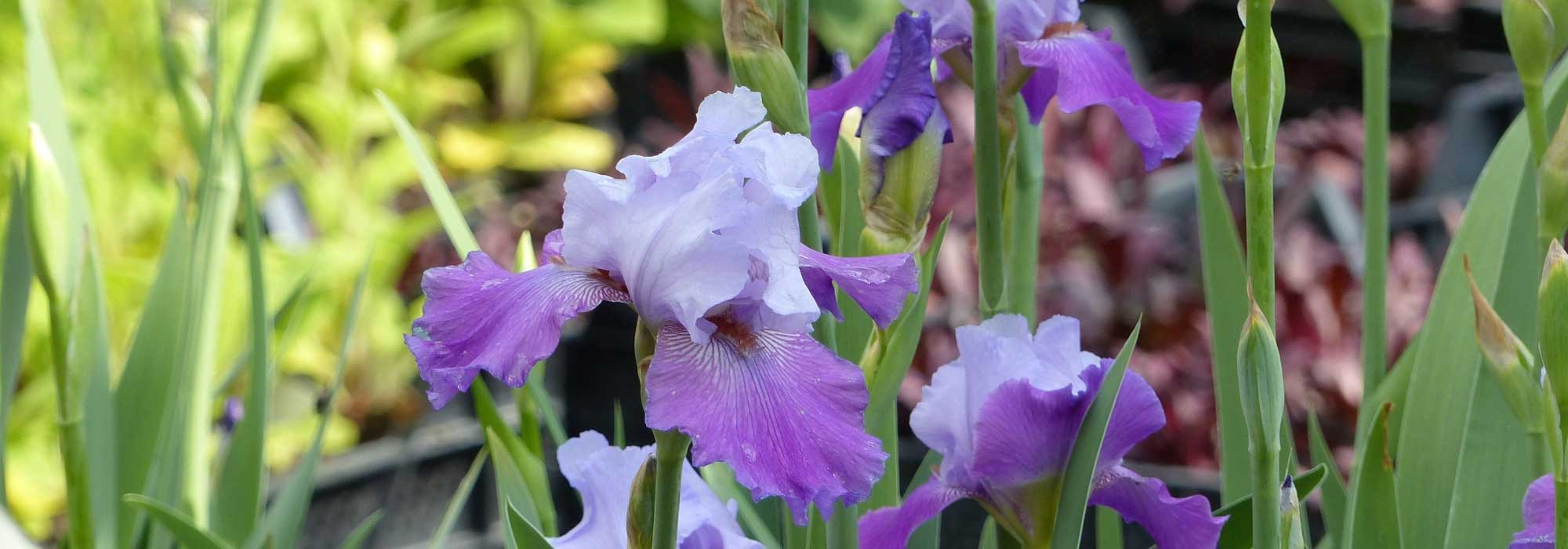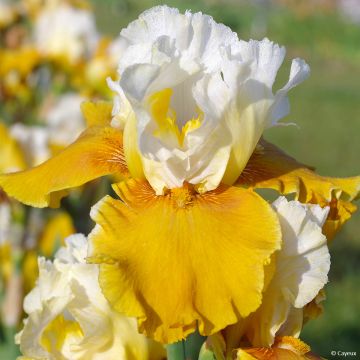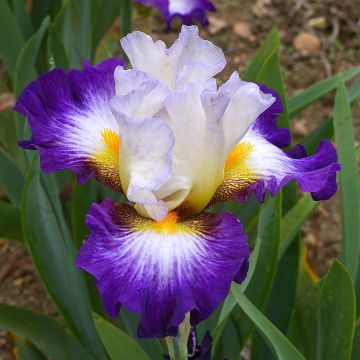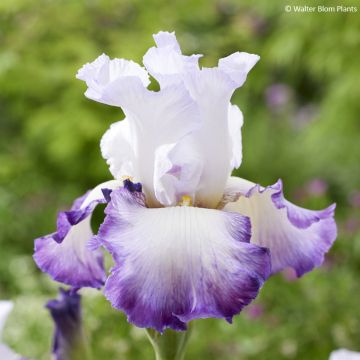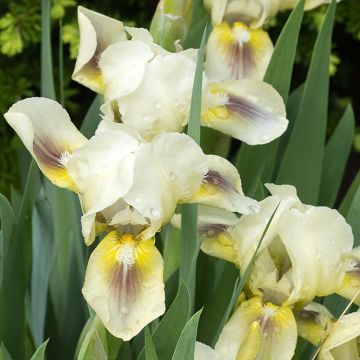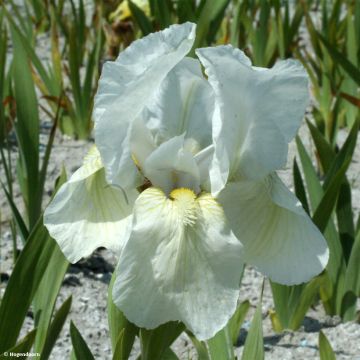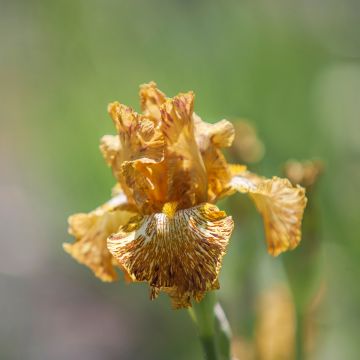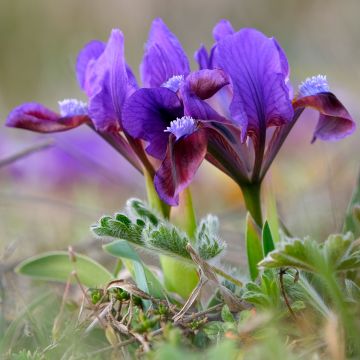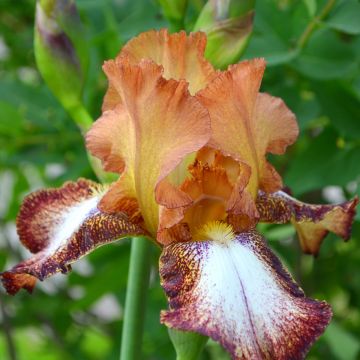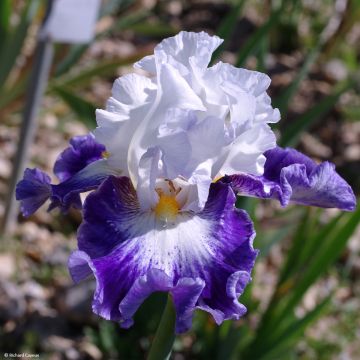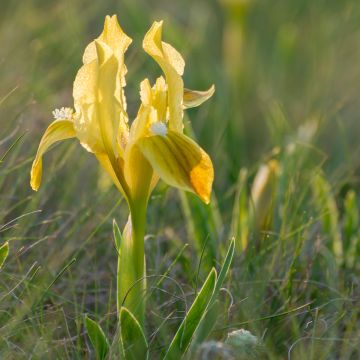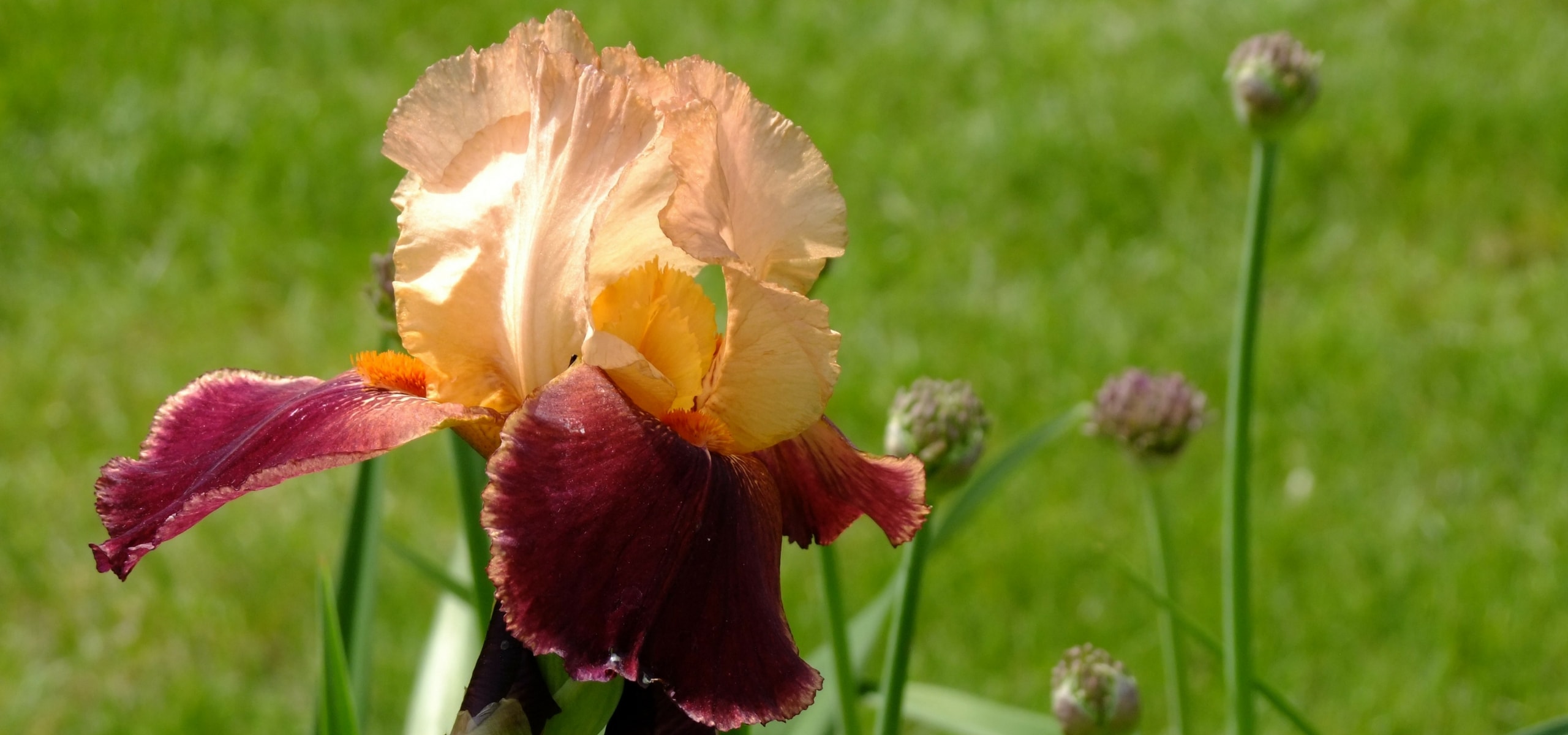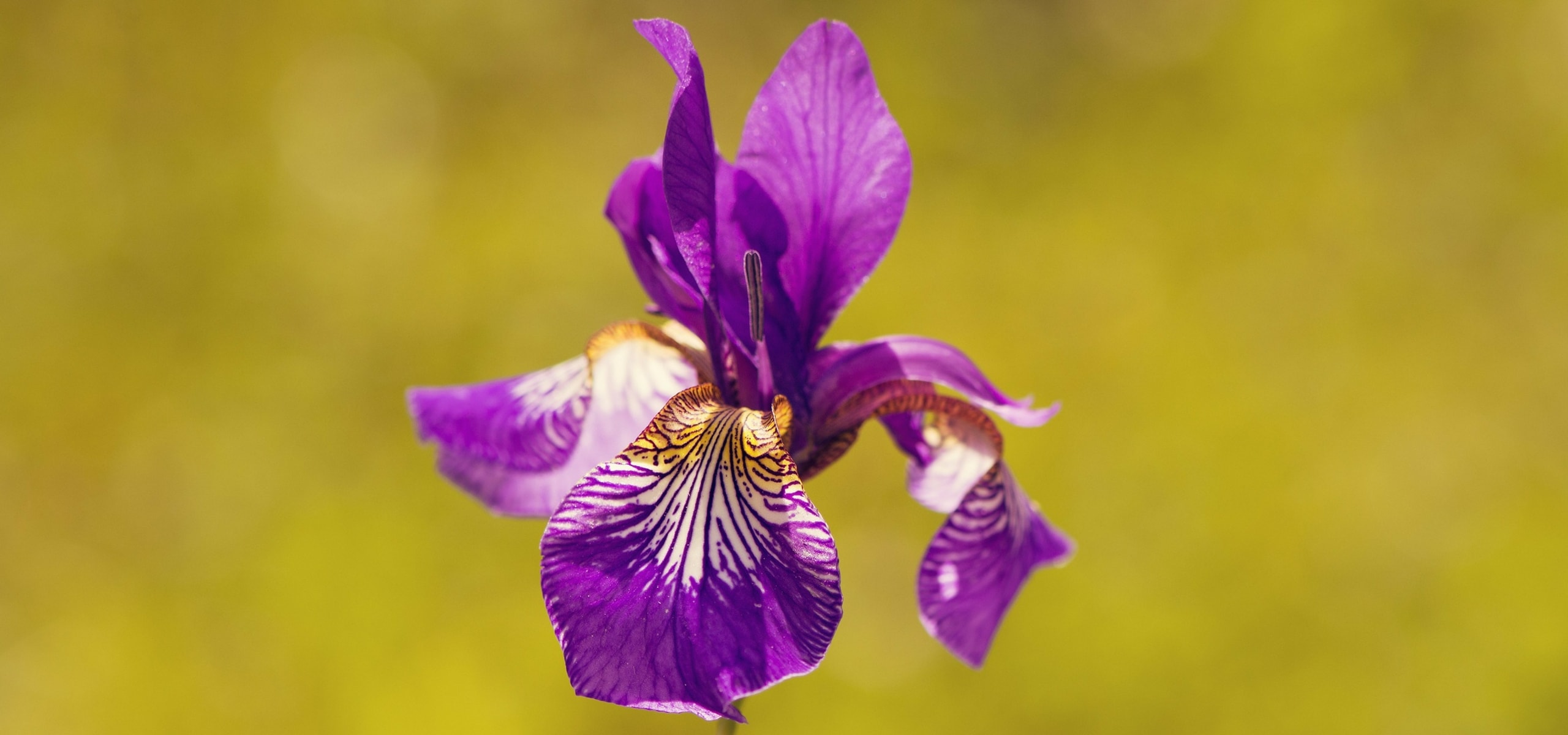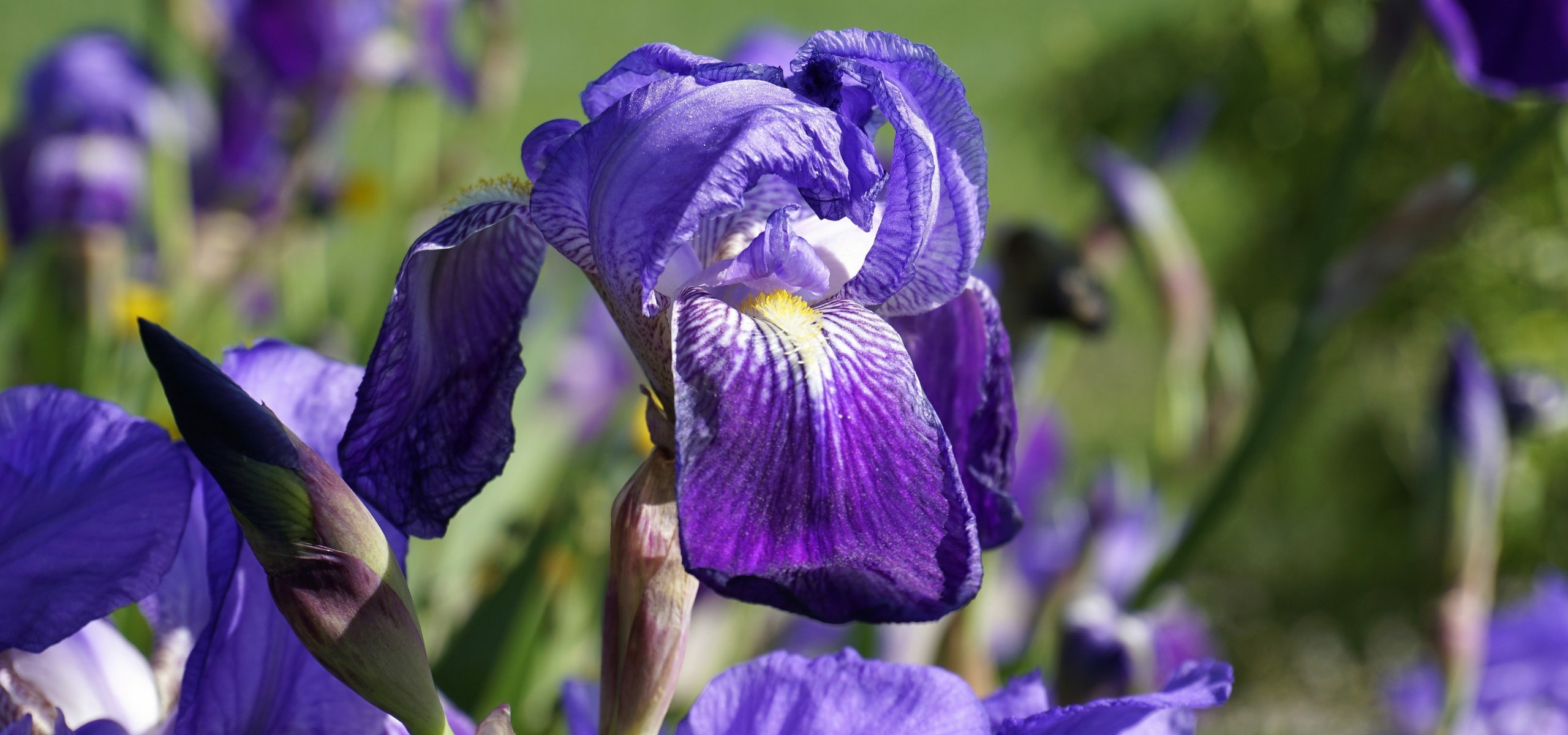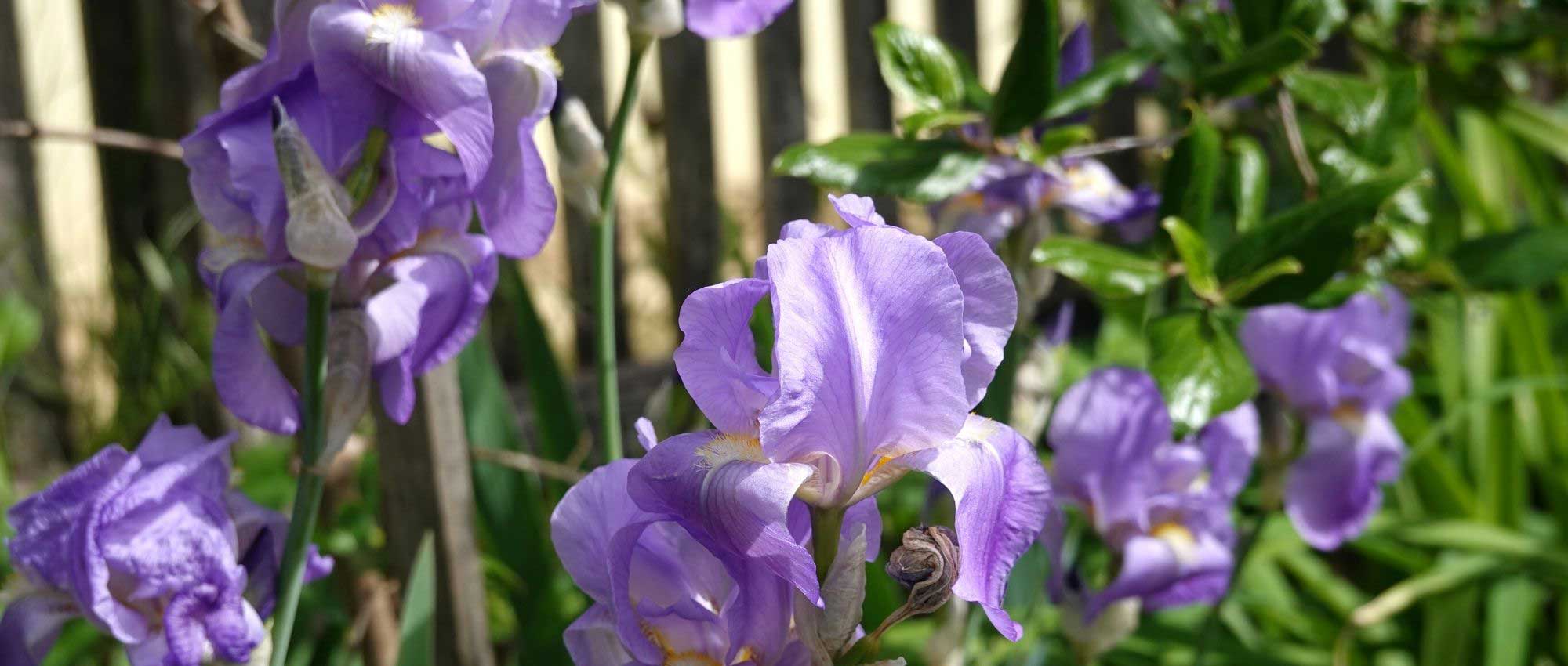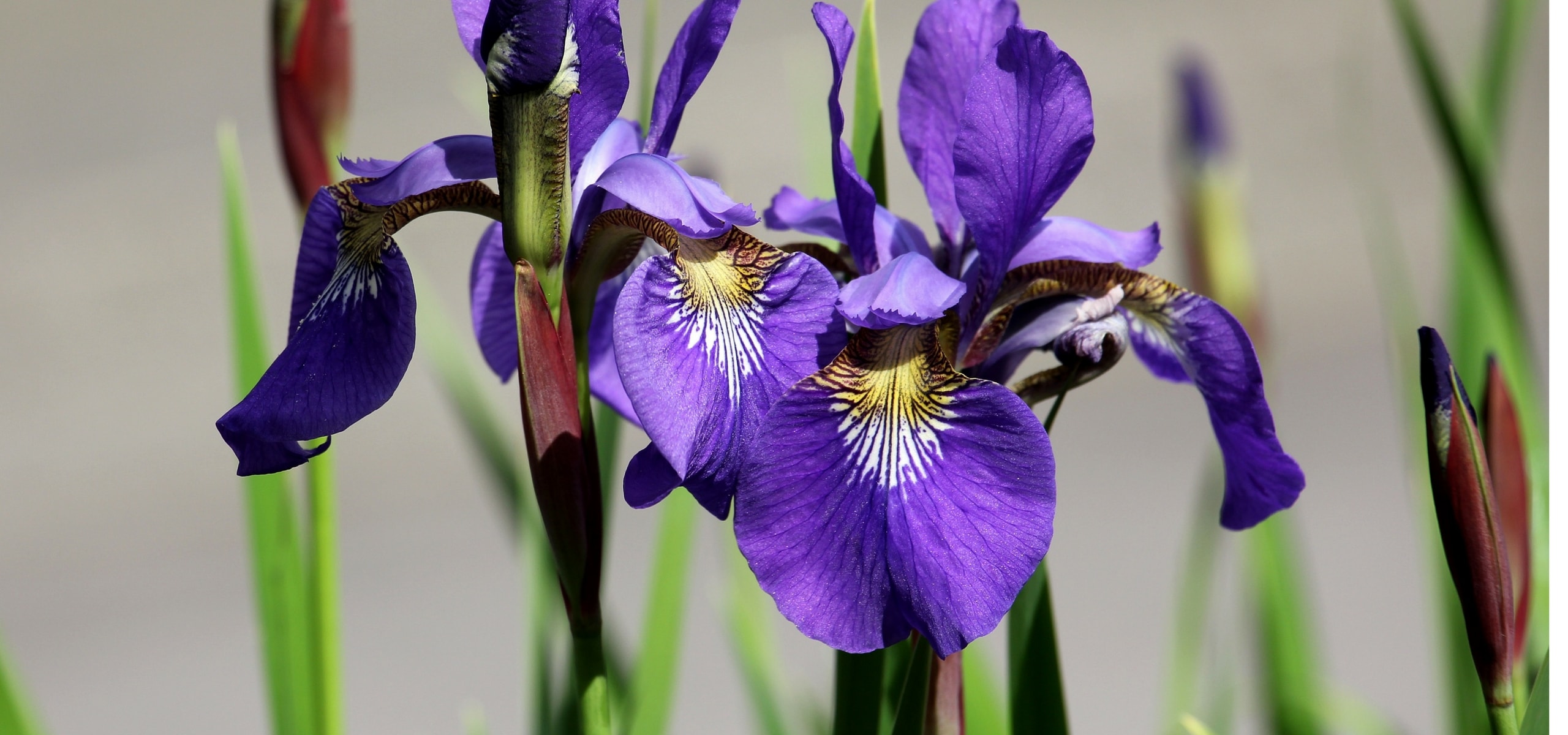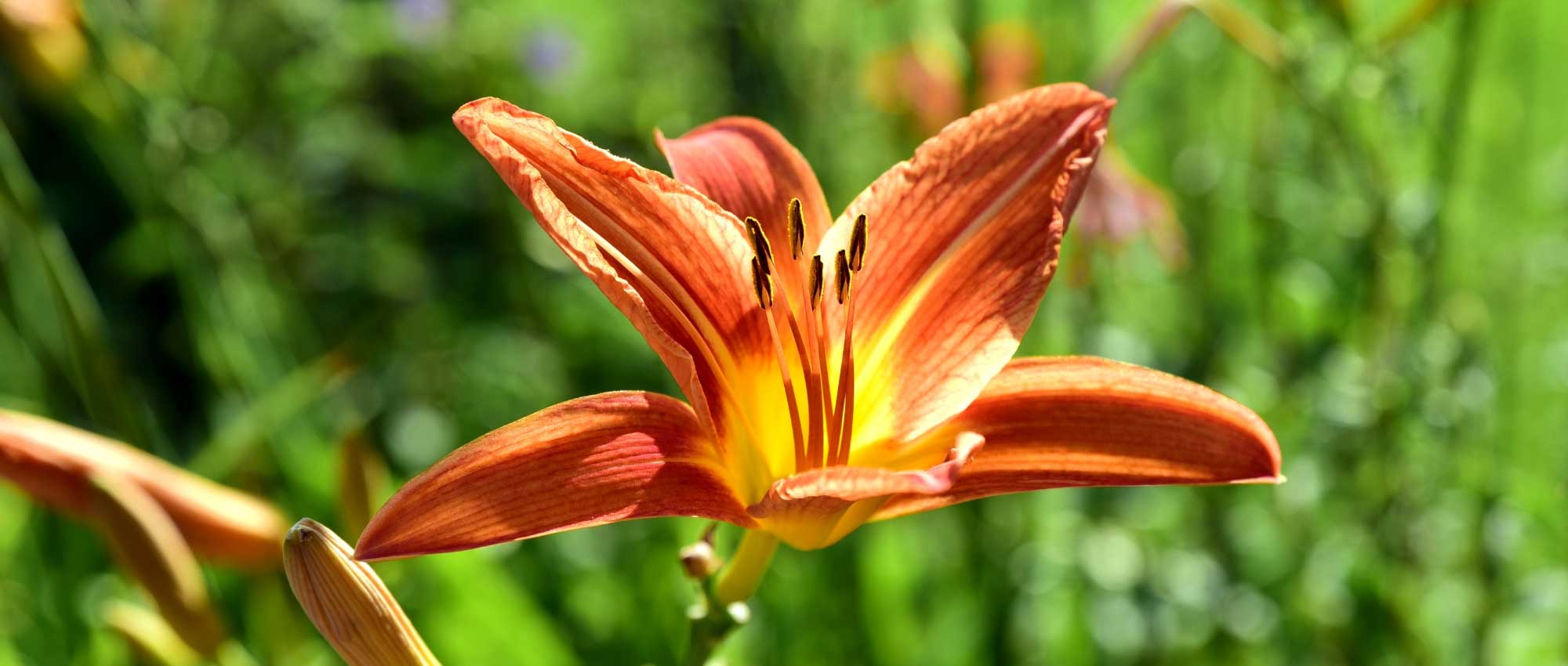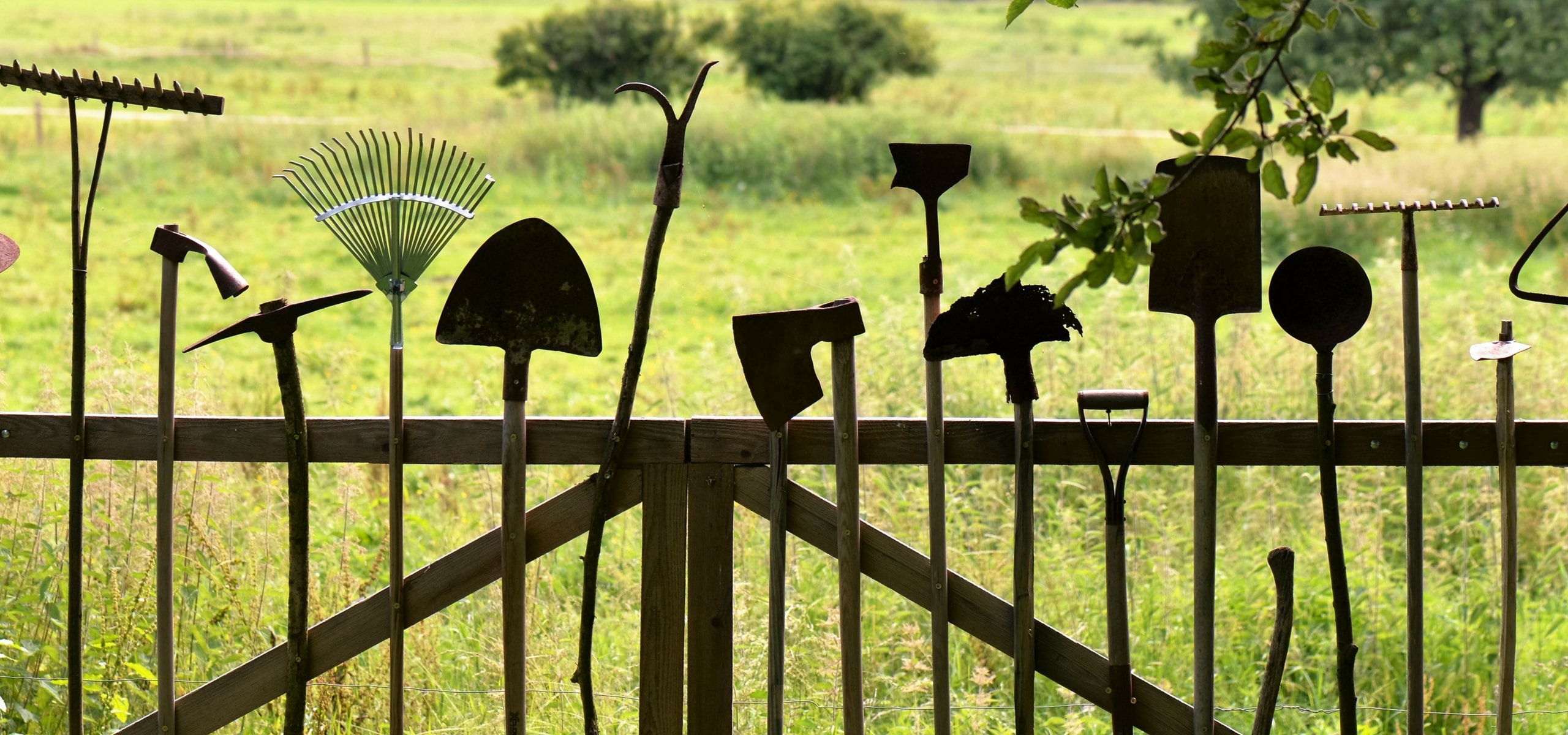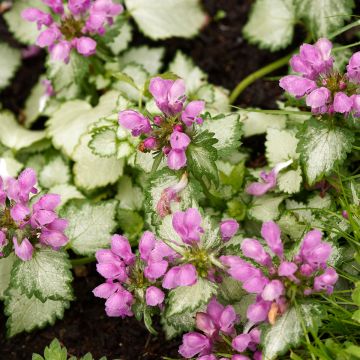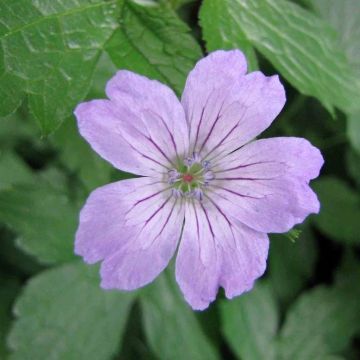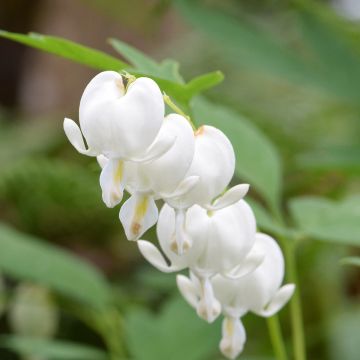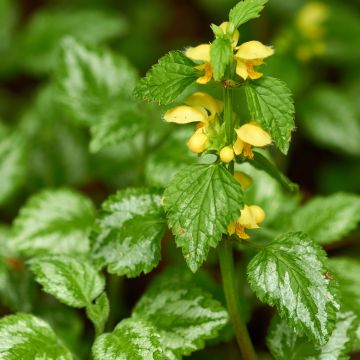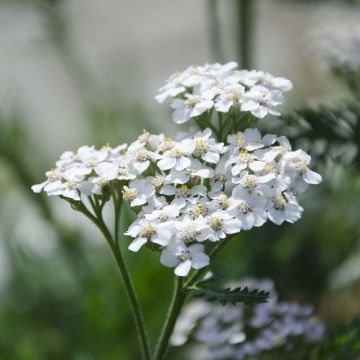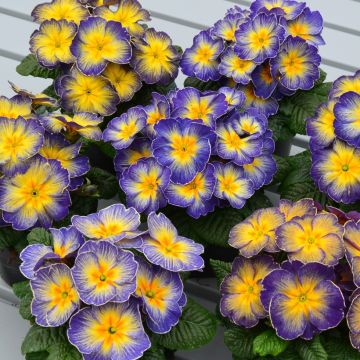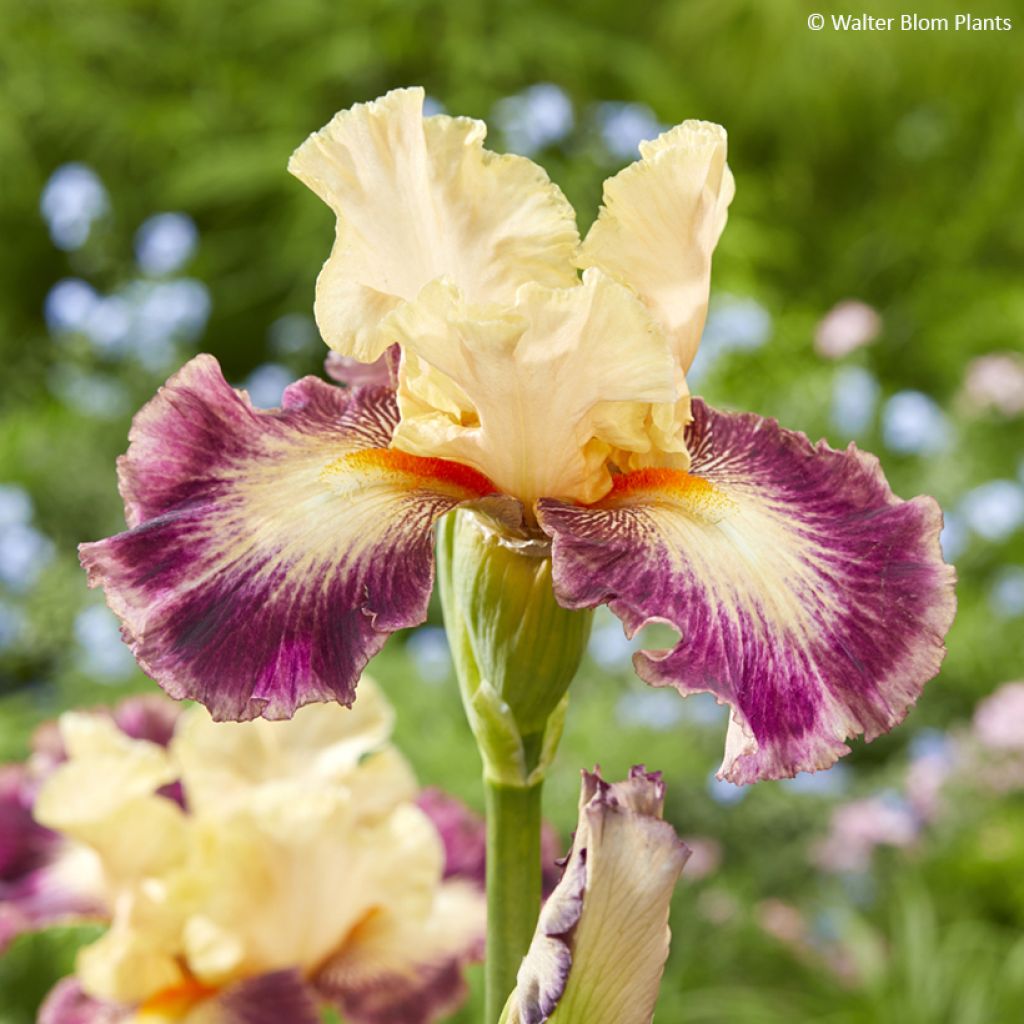

Iris Comme un Sourire - Bearded Iris
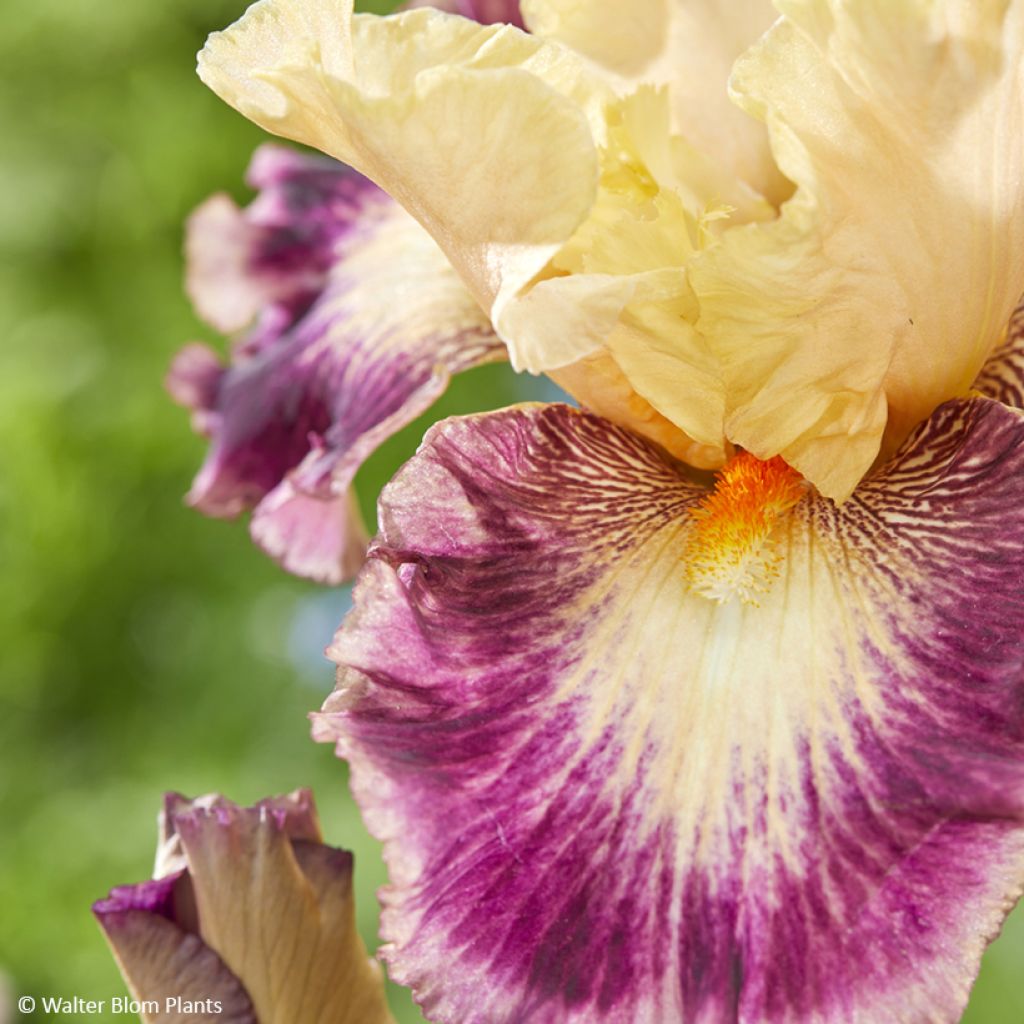

Iris Comme un Sourire - Bearded Iris
Iris germanica Comme un Sourire - Bearded Iris
Iris germanica Comme un Sourire
German Iris, Bearded Iris
Special offer!
Receive a €20 voucher for any order over €90 (excluding delivery costs, credit notes, and plastic-free options)!
1- Add your favorite plants to your cart.
2- Once you have reached €90, confirm your order (you can even choose the delivery date!).
3- As soon as your order is shipped, you will receive an email containing your voucher code, valid for 3 months (90 days).
Your voucher is unique and can only be used once, for any order with a minimum value of €20, excluding delivery costs.
Can be combined with other current offers, non-divisible and non-refundable.
Home or relay delivery (depending on size and destination)
Schedule delivery date,
and select date in basket
This plant carries a 12 months recovery warranty
More information
We guarantee the quality of our plants for a full growing cycle, and will replace at our expense any plant that fails to recover under normal climatic and planting conditions.
Would this plant suit my garden?
Set up your Plantfit profile →
Description
Iris germanica 'Comme un Sourire' is a vigorous variety of Bearded Iris, producing large, bicoloured flowers that are both striking and colourful. The pale pink petals stretch skywards in graceful waves, while the lower sepals offer a strong contrast between a rosy-white centre and a light violet-purple border. They are adorned with a beard that shifts between yellow and tangerine orange, further enhancing the corolla's beauty. This elegant iris forms lovely clumps in full sun.
A flagship genus of the Iridaceae family, from which it takes its name, Iris coexists with dozens of other genera spread from temperate to tropical regions. Most are perennial plants, with rootstocks like Libertia, corms (Gladioli), or bulbs, such as the intoxicatingly fragrant Freesia. Native to Syria, Iris germanica is believed to be the ancestor of our modern Bearded Irises. They are called Bearded Irises, due to the development of a fuzzy band at the base of the sepals.
Bearded Iris 'Comme un Sourire' is a creation by the French breeder Cayeux, based in central France, who for over a century has introduced increasingly attractive new varieties. Launched in 2016, this cultivar is the result of cross-breeding between 'Nouvelle Vague' and a hybrid itself derived from two varieties, 'Calypso Beat' and 'Secret Service'.
'Comme un Sourire' is a superb synthesis of these parent plants. It forms clumps reaching 80 cm in height and around 50 cm in width. The sword-shaped, slightly glaucous green leaves are arranged in a fan. In spring, they produce flowering stems bearing alternate flower buds, usually three to five per stem, sometimes more. The flowers bloom from mid-May, or June in colder regions, unfurling three large horizontal sepals, their tips bending to showcase them visually, and three upright petals. These six segments, with elegantly wavy margins, form a striking corolla, around twelve centimetres in diameter. The petals have a pale pink hue, washed with apricot, creating a pleasant contrast with the darker sepals. The sepals have a barely rosy-white heart, edged with a light violet-purple border. At the base of the petals, a tangerine-orange beard fades into yellow tones, while a network of light violet veins spreads towards the wide border of the same colour. The plant spreads outward each year thanks to its rhizomes, which produce new growth, while the centre gradually thins out.
Bearded Iris 'Comme un Sourire' will thrive alongside earlier-flowering varieties. However, it's worth noting that after the flowering period, which generally lasts around three weeks, the iris loses much of its ornamental appeal. It is therefore best paired with other perennial plants or bushes that will extend the flowering season, both in early spring and autumn. Also a lover of full sun, Cytisus praecox 'Allgold' will produce a dazzling spring fireworks display of bright yellow in March-April, heralding the start of the flowering season. Shrubby Potentillas can accompany your iris, producing small single flowers in varied hues throughout the summer. Among the perennials, Gauras will also light up the summer with their airy, butterfly-like blooms...
Flowering
Foliage
Plant habit
Botanical data
Iris
germanica
Comme un Sourire
Iridaceae
German Iris, Bearded Iris
Cultivar or hybrid
Other German Iris - Bearded Iris
View all →Planting and care
Do you have a very sunny spot, rather dry in summer?
This is the ideal location for planting irises! In the shade, they grow, but do not flower. They can be cultivated in all regions and are hardy, so they do not require winter protection. Well-drained soil is perfect, even if it is rather dry and chalky or even stony. Soil that is too damp encourages rhizome rot. Plant from July to September. This gives the rhizomes enough time to grow and develop new roots before winter. They should be planted as soon as purchased for the best results. Plan to divide irises approximately every four years to give them fresh soil, and because clumps thin out from the inside over time. Divide in summer during the dormant period by lifting the clumps with a garden fork and selecting the finest rhizomes (discard the smaller ones).
Irises have vigorous growth and require space to develop and flower well. They should be planted with spacing appropriate to the size and vigour of the variety, approximately 40 cm for 'Comme un Sourire' (6 to 8 plants per square metre). Always take into account the direction of rhizome growth by arranging them in a star shape, with buds and leaves facing outwards, and spacing them well away from other varieties so they have room to develop.
Planting
Dig a hole wide and deep enough. Make a conical mound of soil in it on which to place the rhizome with the roots spread out. Cover the roots. It is important that the rhizome is level with the soil surface. It should not be planted in a hollow (risk of rot). Allow for the soil to settle and the iris to sink. In clay or damp ground, the rhizome should even be raised on a slight mound a few centimetres high. To help the soil cling to the roots, lightly firm the soil and water generously immediately after planting. Water if needed 2-3 times until established.
Maintenance:
Keep the soil free of weeds by shallow hoeing, taking care not to damage the rhizomes or roots. Weeds shade the irises, retain moisture (leading to rot) and attract slugs. Similarly, cut back dry leaves. If they are diseased (reddish-edged spots from heterosporiosis), we advise burning them. Remove faded flowers to prevent the iris wasting energy on producing seeds.
Planting period
Intended location
Care
Planting & care advice
This item has not been reviewed yet - be the first to leave a review about it.
Similar products
Haven't found what you were looking for?
Hardiness is the lowest winter temperature a plant can endure without suffering serious damage or even dying. However, hardiness is affected by location (a sheltered area, such as a patio), protection (winter cover) and soil type (hardiness is improved by well-drained soil).

Photo Sharing Terms & Conditions
In order to encourage gardeners to interact and share their experiences, Promesse de fleurs offers various media enabling content to be uploaded onto its Site - in particular via the ‘Photo sharing’ module.
The User agrees to refrain from:
- Posting any content that is illegal, prejudicial, insulting, racist, inciteful to hatred, revisionist, contrary to public decency, that infringes on privacy or on the privacy rights of third parties, in particular the publicity rights of persons and goods, intellectual property rights, or the right to privacy.
- Submitting content on behalf of a third party;
- Impersonate the identity of a third party and/or publish any personal information about a third party;
In general, the User undertakes to refrain from any unethical behaviour.
All Content (in particular text, comments, files, images, photos, videos, creative works, etc.), which may be subject to property or intellectual property rights, image or other private rights, shall remain the property of the User, subject to the limited rights granted by the terms of the licence granted by Promesse de fleurs as stated below. Users are at liberty to publish or not to publish such Content on the Site, notably via the ‘Photo Sharing’ facility, and accept that this Content shall be made public and freely accessible, notably on the Internet.
Users further acknowledge, undertake to have ,and guarantee that they hold all necessary rights and permissions to publish such material on the Site, in particular with regard to the legislation in force pertaining to any privacy, property, intellectual property, image, or contractual rights, or rights of any other nature. By publishing such Content on the Site, Users acknowledge accepting full liability as publishers of the Content within the meaning of the law, and grant Promesse de fleurs, free of charge, an inclusive, worldwide licence for the said Content for the entire duration of its publication, including all reproduction, representation, up/downloading, displaying, performing, transmission, and storage rights.
Users also grant permission for their name to be linked to the Content and accept that this link may not always be made available.
By engaging in posting material, Users consent to their Content becoming automatically accessible on the Internet, in particular on other sites and/or blogs and/or web pages of the Promesse de fleurs site, including in particular social pages and the Promesse de fleurs catalogue.
Users may secure the removal of entrusted content free of charge by issuing a simple request via our contact form.
The flowering period indicated on our website applies to countries and regions located in USDA zone 8 (France, the United Kingdom, Ireland, the Netherlands, etc.)
It will vary according to where you live:
- In zones 9 to 10 (Italy, Spain, Greece, etc.), flowering will occur about 2 to 4 weeks earlier.
- In zones 6 to 7 (Germany, Poland, Slovenia, and lower mountainous regions), flowering will be delayed by 2 to 3 weeks.
- In zone 5 (Central Europe, Scandinavia), blooming will be delayed by 3 to 5 weeks.
In temperate climates, pruning of spring-flowering shrubs (forsythia, spireas, etc.) should be done just after flowering.
Pruning of summer-flowering shrubs (Indian Lilac, Perovskia, etc.) can be done in winter or spring.
In cold regions as well as with frost-sensitive plants, avoid pruning too early when severe frosts may still occur.
The planting period indicated on our website applies to countries and regions located in USDA zone 8 (France, United Kingdom, Ireland, Netherlands).
It will vary according to where you live:
- In Mediterranean zones (Marseille, Madrid, Milan, etc.), autumn and winter are the best planting periods.
- In continental zones (Strasbourg, Munich, Vienna, etc.), delay planting by 2 to 3 weeks in spring and bring it forward by 2 to 4 weeks in autumn.
- In mountainous regions (the Alps, Pyrenees, Carpathians, etc.), it is best to plant in late spring (May-June) or late summer (August-September).
The harvesting period indicated on our website applies to countries and regions in USDA zone 8 (France, England, Ireland, the Netherlands).
In colder areas (Scandinavia, Poland, Austria...) fruit and vegetable harvests are likely to be delayed by 3-4 weeks.
In warmer areas (Italy, Spain, Greece, etc.), harvesting will probably take place earlier, depending on weather conditions.
The sowing periods indicated on our website apply to countries and regions within USDA Zone 8 (France, UK, Ireland, Netherlands).
In colder areas (Scandinavia, Poland, Austria...), delay any outdoor sowing by 3-4 weeks, or sow under glass.
In warmer climes (Italy, Spain, Greece, etc.), bring outdoor sowing forward by a few weeks.


































